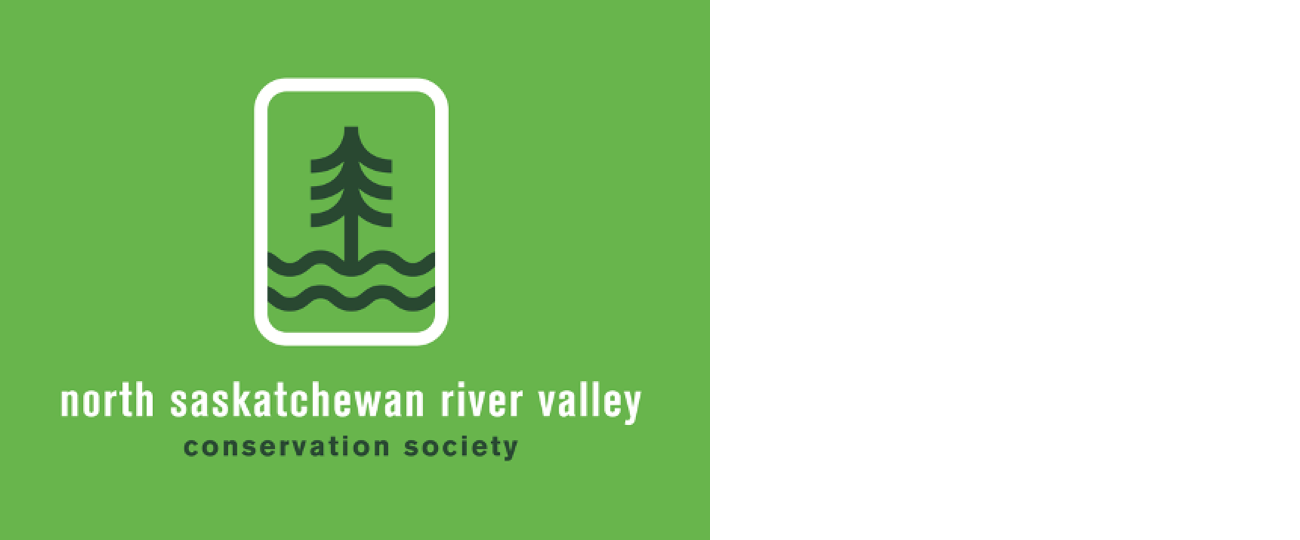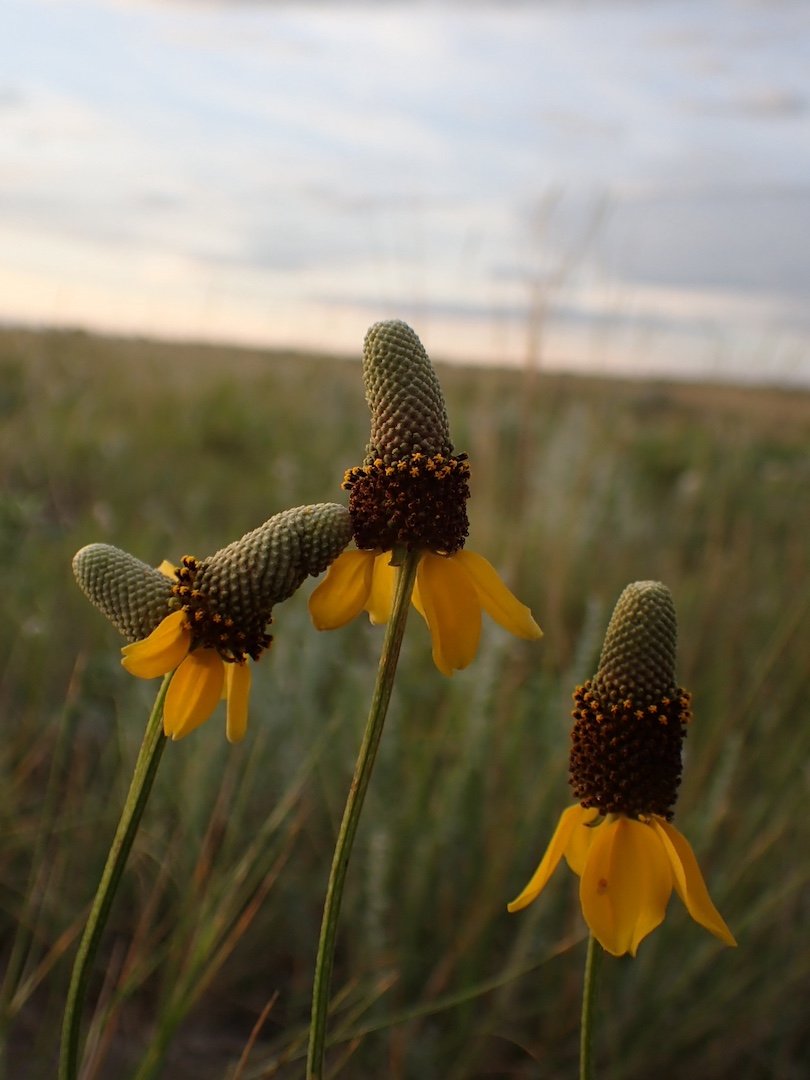Gerry Wright a key player in bringing LRT to Edmonton
Gerry Wright was born in Toronto, Ontario on March 11, 1929 and raised in Montreal, Quebec. In 1963, Gerry was recruited to work for the University of Alberta as an assistant professor. In 1972, he became an associate professor in Community Development and Public Affairs and worked in this position until his retirement in 1992.
As a passionate and active professor, Gerry developed programs on and off campus that helped individuals take action on civic issues while working to develop social welfare policies with the City and the Province. He was also a vocal proponent of the benefits of Light Rail Transit and played a key role in bringing the LRT to Edmonton.
Gerry was involved in protecting the river valley and preserving historical districts, notably protesting against a planned freeway through Old Strathcona. He was a founding member of the Society for the Protection of Architectural Resources in Edmonton, Urban Reform Group of Edmonton, and the Old Strathcona Foundation where he served as president in 1982.
On July 1, 1995, the Old Strathcona Foundation paid tribute to Gerry Wright by naming the lookout at the End of Steel Park in his honor. The plaque reads, “His vision for Strathcona was to call a halt to the deterioration of the neighbourhood and to gather around him a committed group of citizens to work together to revitalize this historic community.” He was named as an Edmontonian of the Century in 2004.
Gerry Wright passed away on March 27, 1996. His vision to create a vibrant city has inspired many individuals to take action and continue to be passionate about transforming Edmonton. https://www.edmonton.ca/public-files/assets/document?path=pdf/gerrywrightofficialpkg.pdf
Upright prairie coneflower used to extract snake poison from bites
Kiarra13 photo
The upright prairie coneflower is also commonly referred to as mexican hat or long-head coneflower. It is scientifically referred to as Ratibida columnifera. The species name “columnifera” means column, as these flowers have long, cylindrical center disks.
Prairie coneflowers are found throughout North America, from Canada to Mexico. It can be found and is native in the Canadian provinces of Alberta, British Columbia, Manitoba, Ontario, and Saskatchewan.
To identify the prairie coneflower, look for a tall center cone (2 inches) surrounded by 3 to 11 drooping yellow petals that each contain a notch at their ends. The flowers are found at the end of an erect stem that can be up to 3 feet tall. The leaves are blue-green in colour. The prairie coneflower typically grows in groups of itself.
Prairie coneflowers are drought tolerant and prefer sunny and dry conditions. The bright yellow colour is attractive to pollinators including skippers, checkered beetles, miner bees, bumblebees, honeybees and other bees.
In addition to its benefits for pollinators, the prairie coneflower also has medicinal benefits. These include treating poison ivy rashes, headaches, stomach aches and fevers. It has also been used to extract snake poison by the Cheyenne, who boiled the leaves and stems then applied the solution to the bite. https://inaturalist.ca/posts/97641-plant-of-the-month-upright-prairie-coneflower-ratibida-columnifera
Garneau residents oppose proposal for a new apartment in historic block
Shaughn Butts photo
Members of Garneau community are pushing back against a proposal for an apartment building in the neighborhood. They are arguing that an up-to four-storey tall building isn’t wanted or needed in the middle of a historic block of homes.
The property owner at 10948 89 Avenue NW wants the city to allow a building up to 16 metres tall from the current 10.5 metre limit — and up to 15 small apartments — with an optional business on the bottom floor. The location itself is fuelling the community’s consternation. The lot is 10 metres wide in the middle of a block surrounded by historic homes built in the early 1910s.
To the west is the Cecil S. Burgess Residence, a registered municipal historic resource. Two homes to the east are on the city’s historic resources inventory, and there are three more across the street. “We’re just asking you to preserve the 1920 block. These homes are over 100 years old, and I feel the community is amazing,” neighbour Sheryl Stephens said during the public hearing. “There are not many homes like this left.”
City staff recommended council approve the rezoning, arguing it will allow for more housing density near busy transit hubs and because it fits with the future vision for the area outlined in a district plan. Ryan Eidick, director of Eins Development Consulting, said “the university is growing, much like the broader city, and the supply of accommodations in the immediate area is not keeping up with demand.”
Council is expected to debate the new zoning next month. https://edmontonjournal.com/news/local-news/edmontons-garneau-community-pushes-back-on-mid-block-apartments-in-historic-area
“Between the City and the River” project brings together RV histories
Jeanette Spencer art
Celebrated by many as a beautiful and placid “ribbon of green,” the river valley park system winds its way through the city and offers an urban oasis that seemingly brings the wilderness into the heart of the city. As one Edmontonian put it, “Our river is often remote from the hustle and bustle of the city through which it flows.”
“Between the City and the River” is a research project premised on the opposite view. The group, which formed in 2017, states that for all its serenity and beauty the river valley has never been remote from the city and that the historical processes that created it are understood poorly.
This project believes that the dominant civic narrative of Edmontonians, past and present, describes the historic transformation of the river valley from industrial commercial use to contiguous public green space in highly congratulatory terms, using keywords like “renewal,” “redevelopment,” and “revitalization.”
However, the above narrative neglects that Edmonton’s river valley parks have been contested landscapes of exclusion and privilege since at least the fur trade era. Indeed, settler colonialism has erased the river narratives of the area’s Indigenous inhabitants—Cree (especially the Papaschase), Saulteaux, Blackfoot, Nakota Sioux, and Métis.
Beyond this, the parks were also created by other continuing processes of expropriation and dislocation that have been brought to bear on the city’s urban poor and homeless or transient populations. This history of dispossession and expropriation is one that many Edmontonians are unaware of when they walk, hike, cycle, picnic, and play in the “peaceful” river valley.
The primary goal of “Between the City and the River” is to build understanding of the complex and conflictual histories of Edmonton’s river valley. Although it is difficult to find what this platform is up to now a days, you can read more about its origins here https://niche-canada.org/2017/03/08/whose-ribbon-of-green-hgis-and-the-histories-of-edmontons-river-valley-and-ravines-system/#_ftn2
Rossdale rezoning, renewal, and green economy projects need your input
Jan says “I was disappointed you did not provide more information about the significant ecological and environmental risk associated with the Rossdale Rezoning to better inform your readers. Instead, quoted a Taproot article that raises no concern with how a 17 storey development that is 3-5x higher than the approved current DC1 zone would increase the number of dwellings over 80% and is within the boundaries of the Floodplain Protection Overlay. If this rezoning is approved, it would set a precedent for more intensive high-density development in other communities or natural areas with the Floodplain Protection Overlay making this zoning regulation ineffective in mitigating risk and protecting natural areas.”
Kathleen Andrews, First Lady of Transit by Daphne Côté, Kathleen Andrews Transit Garage https://www.edmontonarts.ca/public-art/kathleen-andrews-first-lady-of-transit
Comment or Contributions
Please note articles may not reflect the position of NSRVCS. River Valley News is meant to be a clearinghouse for the variety of opinions and ideas about Edmonton’s River Valley.
Email river valley photos, event information, comments, or questions to nsrivervalley@gmail.com
Forward this link to anyone you think may want to sign up for this newsletter https://www.edmontonrivervalley.org/newsletter-signup






